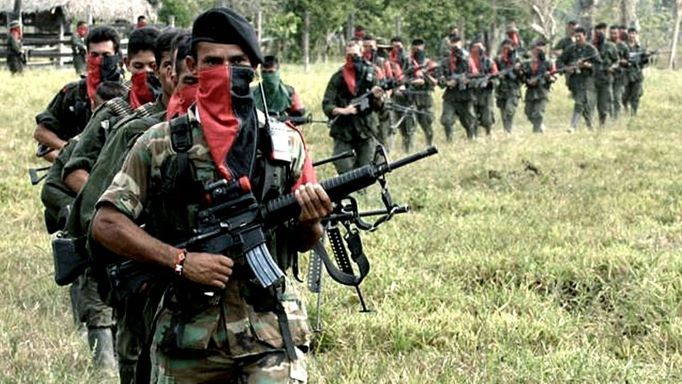What is guerrilla warfare and why was it effective?
Guerrilla warfare destabilizes the opponent to defeat them. The word originated in the Spanish War of Independence against the French, and its methods extend to the Vietnam War and the Colombian conflict.





